Needlework, an age-old craft spanning centuries, is a testament to human creativity and precision. This enduring art form demands both patience and skill, bringing forth intricate beauty through the deft use of needles and thread.
Needlework encompasses a rich tapestry of creative endeavors, each requiring its own distinct techniques and styles. From the delicate elegance of embroidery to the charming simplicity of cross-stitch, and the cozy warmth of knitting and crochet, these various forms of needlework have left their mark on cultures worldwide.
In this article, we embark on a journey to explore the diverse world of needlework, delving into the materials and techniques that breathe life into these time-honored crafts.
1. Cross-stitch
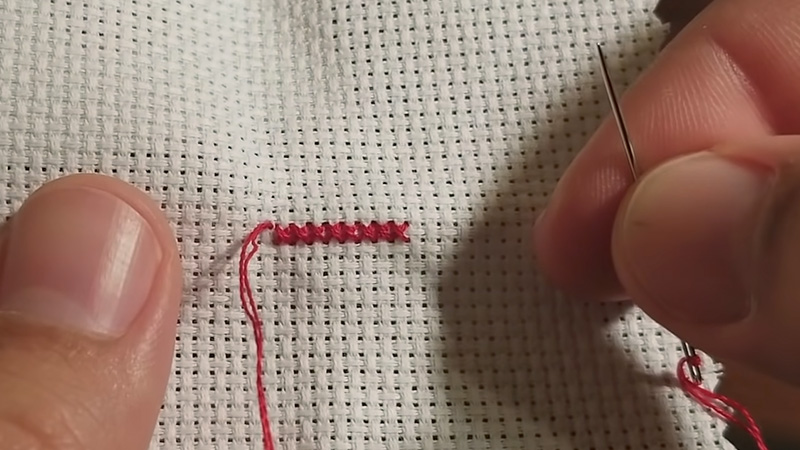
Cross-stitch is a type of sewing and embroidery that uses a special stitch known as an X-shaped stitch. This stitch is used to create a tiled, grid-like pattern on a piece of evenweave fabric.
The key to successful cross-stitch is counting the threads in both directions so that the stitches are all of uniform size and appearance. This creates a picture-like effect in the finished product.
The stitching is usually done with two strands of embroidery floss, although other materials such as yarn can also be used.
Cross-stitch is a popular form of counted-thread embroidery and is used to create a range of designs for different items such as clothing, wall hangings, and pillows.
It is an enjoyable and satisfying craft, which can be done by anyone regardless of their level of skill or experience.
2. Embroidery
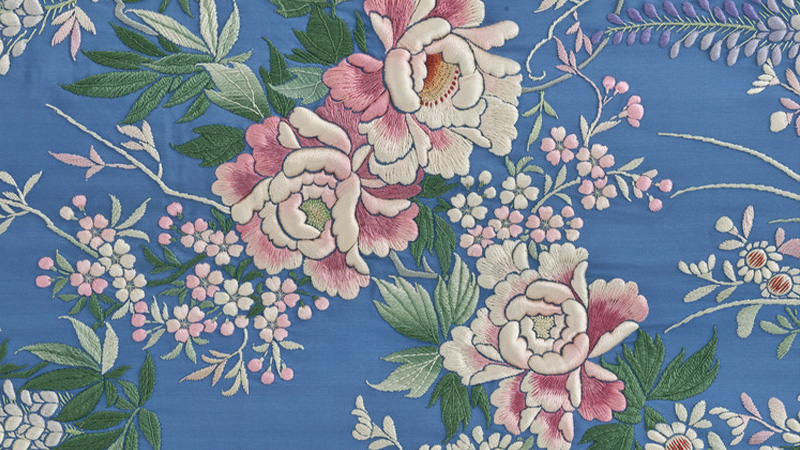
Embroidery is a craft that has been around for centuries, and it is still popular today. It involves taking a needle and thread, or yarn, and using it to decorate fabric or other materials.
Embroidery can be used to create intricate patterns and designs to make a fabric look unique and beautiful.
It is often used to embellish clothing items and home decor items, such as curtains, cushions, and quilts. Embroidery can also involve the use of materials other than thread or yarn.
This includes items such as pearls, beads, quills, and sequins.
These materials can be used to create different types of designs, from delicate and intricate to bold and eye-catching. They can also be used to add texture and dimension to a design, giving it a more detailed and professional look.
Embroidery with these materials can be used to create a wide variety of different designs, from traditional to modern. Embroidery is a craft that may take some skill and practice to master, but the results can be quite stunning.
It is an excellent way to add a unique touch to any fabric or material and is a great way to express creativity..
3. Needlepoint
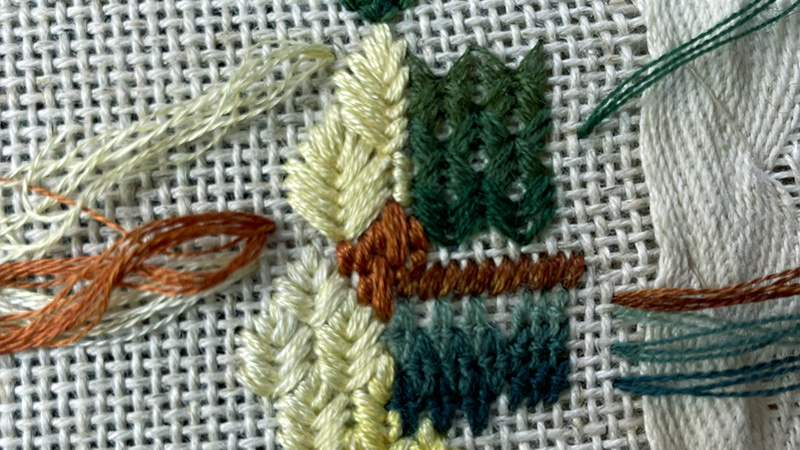
Needlepoint is a type of decorative art that has been practiced for centuries. It is a form of embroidery in which yarn is stitched through a stiff open weave canvas.
The canvas is usually composed of a thread-count fabric, which provides an even surface that will hold the threads in place.
Needlepoint designs usually feature a variety of bright and vibrant colors, creating intricate patterns and designs. Needlepoint designs can be used to create a variety of items, such as pillows, wall hangings, purses, clothing, and other home decor items.
Typically, the designs are created with a needle and thread, with the thread being pulled through the canvas in a series of crisscrossed stitches.
This creates a unique and intricate pattern that can be used to create a variety of different designs. Traditionally, needlepoint designs completely cover the canvas.
This can be done with a single color or a variety of colors, depending on the desired look.
The designs can be simple or complex, and the needlepoint can be done in a variety of different stitches, such as the tent stitch, the petit point, or the continental stitch.
Needlepoint projects can take anywhere from a few hours to several days to complete, depending on the size and complexity of the design. No matter what the design, needlepoint is sure to create a beautiful and unique piece of art. It is a great way to express creativity and add a touch of beauty to any room..
4. Sewing Needle
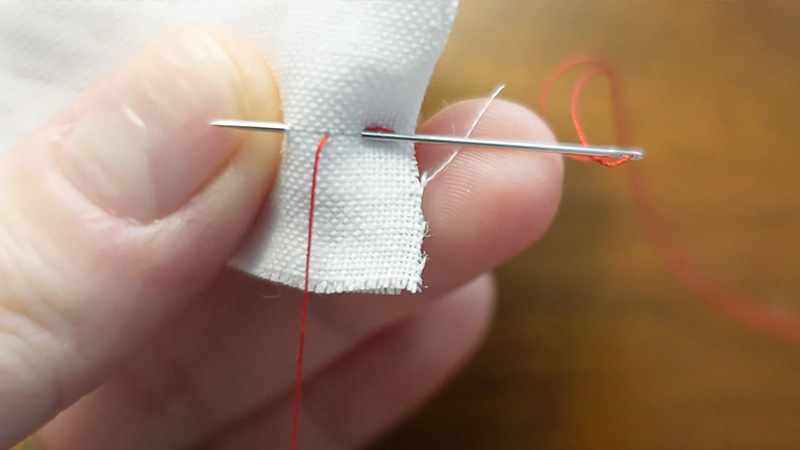
A sewing needle is an indispensable tool when it comes to hand-sewing. It is a narrow tool with a sharp point at one end and a hole at the other to thread the thread.
The earliest needles were made of bone or wood, which was not very strong and could easily break. To make them more durable, modern needles are crafted from high carbon steel wire and then plated with nickel or gold to prevent corrosion.
This makes them much stronger and more resistant to wear and tear, meaning they last for a longer period of time. As a result, modern needles are perfect for any sewing project that requires durability and strength.
5. Knitting

Knitting is a process of creating textile fabrics by interweaving yarns together. This can be done either by hand with needles or by using a machine.
The process of knitting creates stitches, which are loops of yarn that are placed either flat or in a circular pattern.
These stitches form the basis of many garments such as sweaters, hats, scarves, and mittens. Hand knitting is a craft that has been around for centuries.
It involves using two needles, a ball of yarn, and creativity to make garments.
Hand knitting is typically used for creating garments that have more intricate patterns and designs. It also allows the knitter to make adjustments to the garment as they go along.
Machine knitting is a newer method of creating textiles and garments.
It uses a machine to knit the stitches together, allowing for large-scale production of clothing items such as sweaters, hats, and scarves. Machine knitting is also used to create more intricate patterns and designs, such as lace or cable.
Machine knitting is faster and more efficient than hand knitting, and it can produce a more consistent and uniform look. Knitting is an art form that is both practical and creative.
It allows for the creation of beautiful and unique garments that can be both warm and stylish.
Whether it is done by hand or by machine, knitting is an enjoyable and rewarding activity that can produce beautiful results.
6. Crewel Embroidery
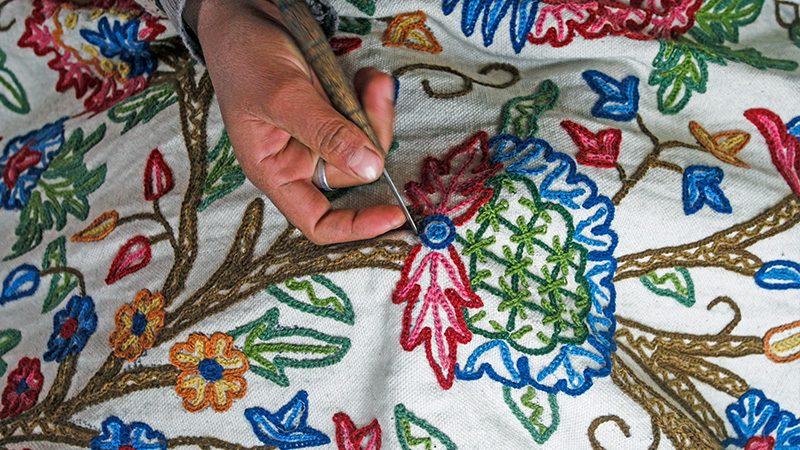
Crewel embroidery, or crewelwork, is a type of surface embroidery that has been used for centuries and is still popular today. It is created using wool threads and a variety of traditional embroidery stitches.
Designs are applied to the fabric with an outline that the embroiderer must follow. The technique of crewel embroidery has been around for at least a thousand years, and its popularity has endured throughout the ages.
It is a versatile style of embroidery that can be used to create both intricate and simple designs. It is often used to decorate clothing, curtains, bed linens, and other textiles.
Crewel embroidery is also used to create pictures, which are often framed and hung on walls. The type of wool used for crewel embroidery is typically a two-ply, loosely spun yarn.
This gives the wool a soft and supple texture, as well as a beautiful sheen when viewed under light.
The wool is typically dyed in a variety of colors to create bold, vibrant designs.
Common stitches used in crewel embroidery include chain stitch, satin stitch, stem stitch, french knot, and many more. Crewel embroidery is a beautiful and intricate form of art that provides a creative outlet for those who wish to express themselves through needlework.
By combining traditional stitches and colorful yarns, the possibilities are endless when it comes to creating intricate and unique designs.
7. Crochet
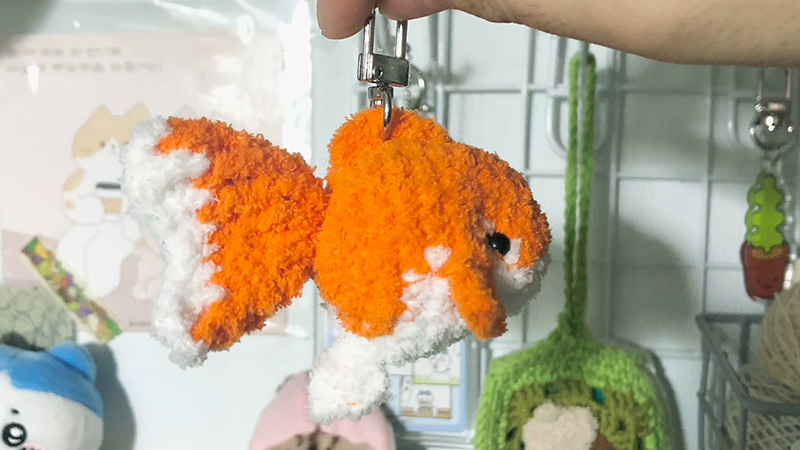
Crochet is a craft technique that involves interlocking loops of yarn, thread, or other materials using a crochet hook. The name of the technique is derived from the French word crochet, which translates to “hook”.
The crochet hook is a handheld tool that comes in a variety of materials such as metal, wood, bamboo, bone, or plastic. It is used to create stitches, often in the form of intricate patterns, and to create textiles such as sweaters, blankets, hats, and scarves.
Crochet can also be used to make accessories such as jewelry, bags, and coasters. With practice, a crocheter can create an impressive range of items that are both useful and beautiful.
Crochet is a versatile skill that can be used to create items of all shapes and sizes, from tiny amigurumi to larger projects such as Afghans. It is a great way to express creativity and is a relaxing way to unwind after a long day.
8. Sewing
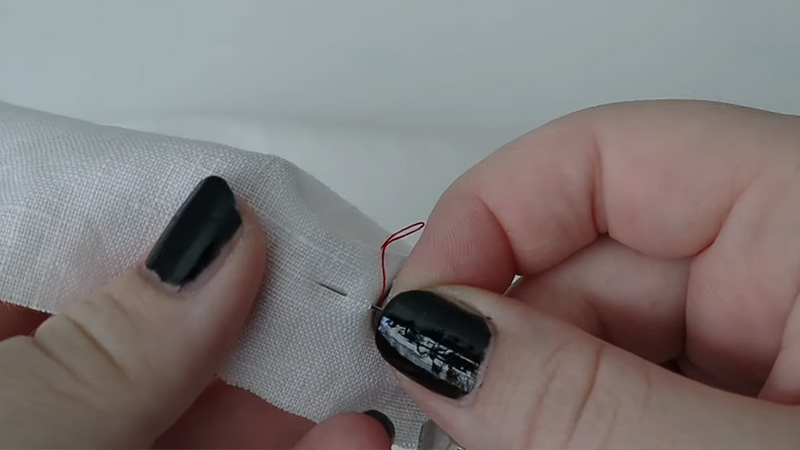
Sewing is an essential skill in many cultures and has been around for centuries. It is an art form that has been practiced since the Paleolithic era, making it one of the oldest textile arts.
Sewing involves attaching objects together using stitches created with a needle and thread. It is used to create garments, accessories, and other items.
The process of sewing can range from simple repairs to intricate pieces of art. Sewing is a skill that is still used today in a variety of ways. It is used in fashion design, upholstery, quilting, and more.
Sewing is a creative and rewarding craft, and learning how to sew can open up a world of possibilities. With practice, anyone can master the basics of sewing and create beautiful, unique and useful items.
9. Hardanger Embroidery
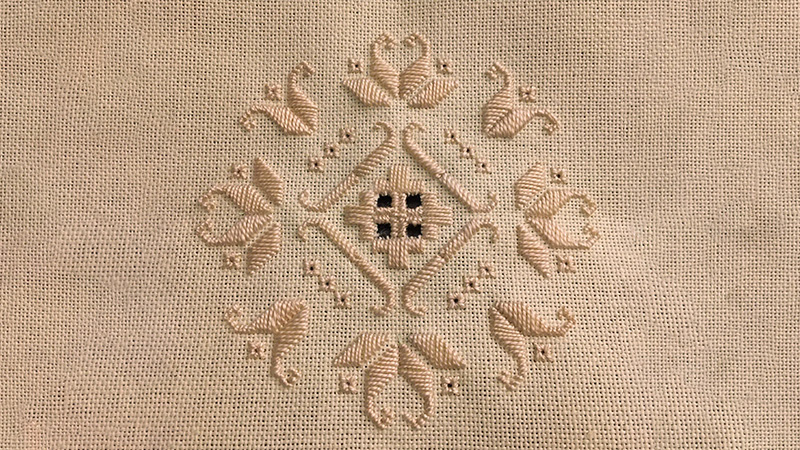
Hardanger embroidery, also known as Hardangersøm, is a form of needlework that has been practiced for centuries. It is a type of whitework embroidery that utilizes white thread on white even-weave linen or cloth.
The technique involves both counted thread and drawn thread work.
Counted thread work involves counting the threads of the fabric and stitching with the same number of threads as the fabric. With drawn thread work, some of the threads are removed in a pattern and the remaining threads are worked with different stitches.
The effect of both of these techniques creates a lace-like design with intricate detailing. The traditional design of Hardanger embroidery is a simple geometric pattern, usually in the form of a square or diamond.
However, modern designs are often more elaborate and can feature floral patterns. The designs are often quite delicate and intricate, making it a very beautiful form of embroidery.
Hardanger embroidery is not only beautiful but also quite practical.
It can be used to decorate clothing, tablecloths, bedding, curtains, and more. It is also a great way to add a touch of elegance to any home décor.
Hardanger embroidery is a wonderful way to express creativity and is a skill that can be enjoyed by both beginners and experienced embroiderers alike.
With a little patience and practice, anyone can create a beautiful work of art out of this unique and timeless technique.
10. Chain Stitch
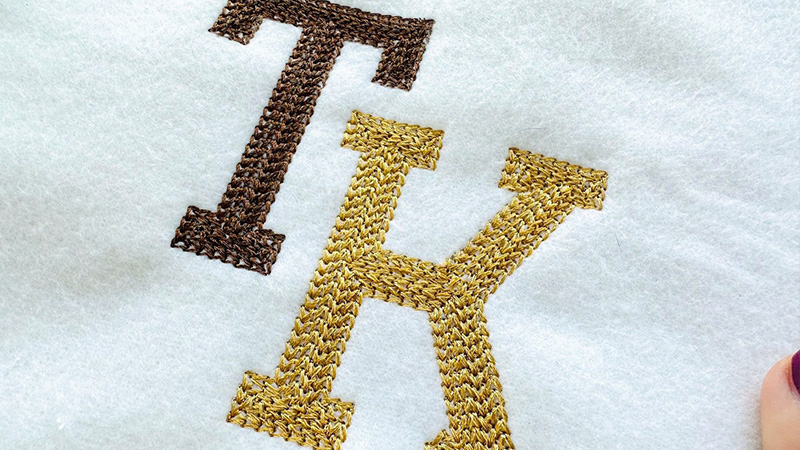
Chain stitch is an ancient form of sewing and embroidery. It involves looping a series of thread stitches together to form a chain-like pattern.
This technique has been around for centuries, and examples of Chinese chain stitch embroidery made with silk thread have been found that date back to the Warring States period.
This period of Chinese history spanned from the 5th century BC to the 3rd century BC. Chain stitch is a versatile technique that can be used to create a wide variety of patterns.
It is often used for decorative or ornamental purposes, but it also has practical applications.
For example, chain stitch can be used to create strong seams and hems, and it is often used to finish the edges of garments.
The chain stitch can also be used to join two fabric pieces together in a more secure way than a regular stitch. Chain stitch is easy to learn and is often used in hand-sewing.
The stitches can be created with a needle and thread, or they can be made with a sewing machine.
With a machine, the chain stitch takes less time and effort to create, and the stitches are more even and consistent. Chain stitch is a popular form of embroidery and can be used to create intricate and detailed designs.
It can be used to embellish clothing, accessories, and even home decor.
It is also a common technique used in quilting, allowing the quilter to create decorative patterns on the quilt top or the quilt batting. Overall, chain stitch is a versatile and timeless technique that can be used for both practical and decorative purposes.
Whether you are hand-sewing or using a machine, this technique is an easy and effective way to create beautiful designs.
11. Appliqué
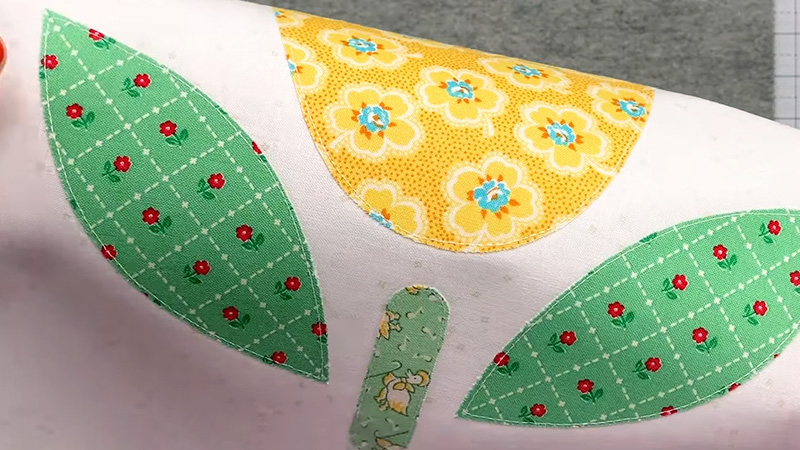
Appliqué is a type of ornamental needlework which involves attaching pieces of fabric to a larger piece of material to create a pattern or picture. It is often used for decorative purposes, especially on clothing.
The fabric pieces are typically cut into a variety of shapes and patterns, and then either stitched or glued onto the larger piece of fabric. Appliqué can be done either by hand or using a machine.
Hand stitching allows for greater flexibility in the design, while machine stitching is often faster and more durable. Appliqué is a great way to add a unique personal touch to clothing, making it a popular choice for customizing garments.
It can also be used to decorate furniture, such as couches and chairs, and to add flair to curtains, bedding, and other home items. With appliqué, the possibilities are endless!.
12. Quilting

Quilting is an ancient art form that has been around for centuries. It involves the joining of at least three layers of fabric together in order to create a decorative and functional piece.
There are two main ways of quilting: manually with a needle and thread, or mechanically using a sewing machine or a longarm quilting system. Manual quilting requires patience and precision, as it requires the user to stitch the layers of fabric together with a needle and thread.
Mechanical quilting, on the other hand, requires the use of a sewing machine or a longarm quilting system. These machines are able to quickly and accurately stitch the layers of fabric together, allowing for a more efficient quilting process.
Quilting is a rewarding and creative activity that has been enjoyed by people for generations. Whether it’s done manually or mechanically, quilting is an enjoyable way to create beautiful and functional pieces.
13. Cutwork
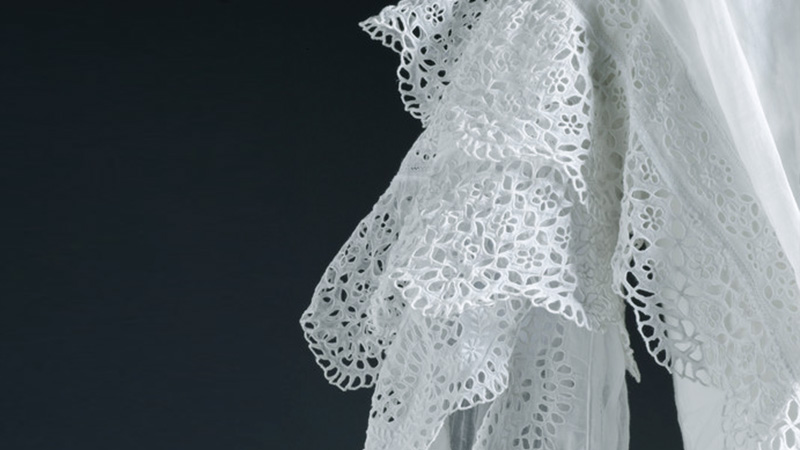
Cutwork, also known as punto tagliato in Italian, is a type of needlework technique that involves using scissors to cut away parts of a fabric such as cotton or linen.
The holes created by the scissors are then reinforced and filled with embroidery or needle lace.
This type of needlework is related to drawn thread work, which is a technique that involves pulling threads from a fabric in order to create decorative patterns. Cutwork is a type of embroidery that can add texture and intricate detail to a piece of fabric.
The cutwork technique is often used to create lace-like edges and patterns on fabrics. By cutting away portions of the fabric, a delicate and intricate pattern is created that resembles lace.
The remaining fabric is then reinforced to prevent fraying and the holes are filled in with intricate stitches. This creates a beautiful and unique pattern that is both delicate and eye-catching. Cutwork is a great way to add a unique touch to any piece of fabric.
It can be used to embellish clothing, quilts, linens, and other household items. Cutwork can be used to create a variety of attractive patterns, from simple shapes and patterns to more complex and detailed designs.
It is also possible to combine cutwork with other needlework techniques such as beading and appliqué to create even more intricate designs. Cutwork is a great way to add a special touch to any fabric project.
Whether you are creating a quilt, clothing, or other household item, cutwork can add a unique and beautiful touch. This technique is relatively easy to learn and can bring a lot of creativity to any fabric project.
14. Blackwork
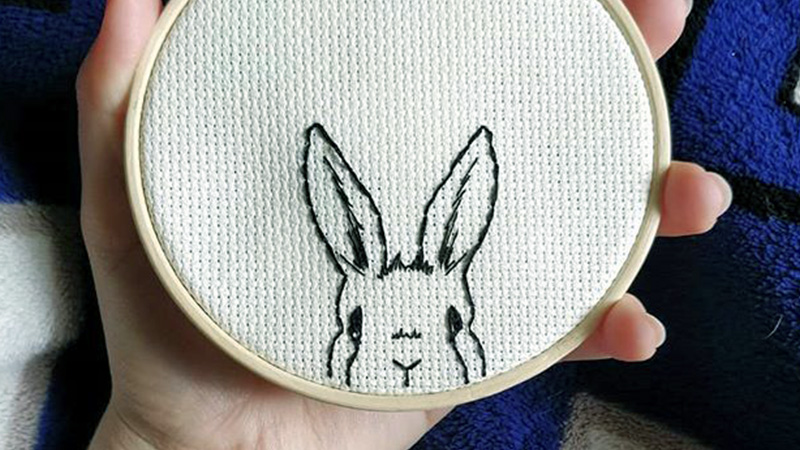
Blackwork is a form of embroidery, which involves stitching designs into different fabrics. It is traditionally done in black thread, although other colors can be used on occasion.
This is known as scarletwork, where the embroidery is done in red thread.
Blackwork has a long history and is believed to have originated in Spain. It was commonly used for clothing and linens and was often used to decorate items of clothing, such as sleeves, collars and cuffs.
It was also used to adorn household items, such as bedspreads, tablecloths and curtains. The designs used for blackwork were typically geometric or floral and could include various motifs, such as stars, dots, and lines.
Blackwork was often used to create intricate patterns, and it was often used to create a sense of luxury and opulence. Today, blackwork is still popular and can be used to create a variety of embroidered designs, from simple geometric patterns to more intricate designs.
15. Macramé
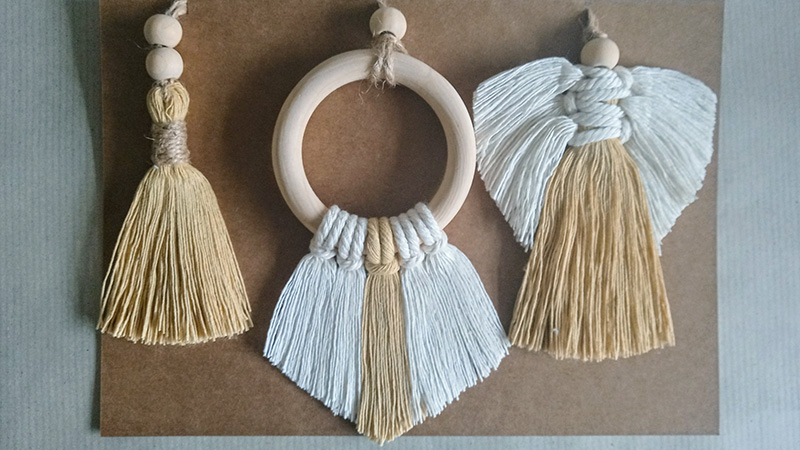
Macramé is an artistic form of textile production that involves knotting rather than weaving or knitting. It is a popular craft that has been used to create decorative items such as wall hangings, window treatments, plant hangers, and more.
The primary knots used in macramé are the square knot and the half hitch. The square knot is a basic knot that is used to create an even pattern of knots.
The half hitch is a series of knots that are tied together in a row, forming a more complex pattern.
Both of these knots can be used in combination with each other to create a variety of unique designs. By varying the size, type, and number of knots used, macramé can be used to create a range of decorative items.
Macramé is a great way to bring a little bit of art into your home and can be used to make beautiful wall hangings, window treatments, and other decorative items.
16. Smocking
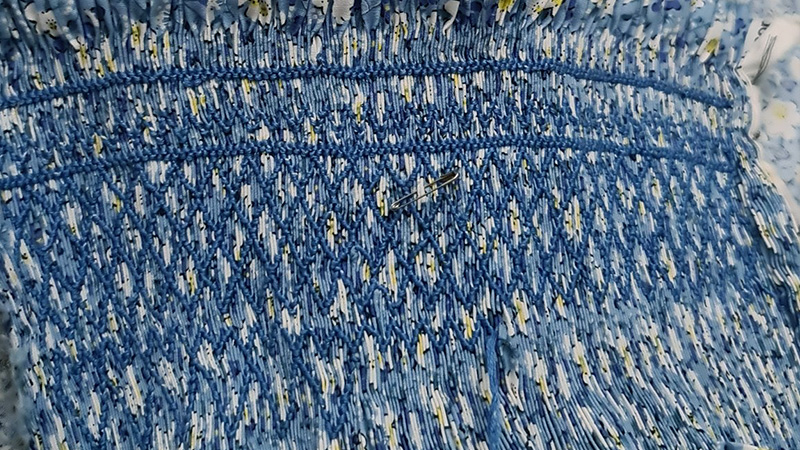
Smocking is a type of embroidery that is used to gather fabric in order to make it stretchy. This technique was popular before elastic was invented, and was often used to create cuffs, bodices, and necklines on garments when buttons were undesirable.
Smocking involves using needle and thread to create small pleats in the fabric, which are then held in place with stitches. The pleats are usually created by running a series of stitches diagonally across the fabric, creating a grid pattern of evenly spaced pleats.
The pleats can then be tightened or loosened, depending on the desired effect. This technique has been used for centuries and is still popular today in modern clothing designs.
By using smocking, designers are able to create comfortable and stylish garments without the need for buttons.
17. Goldwork
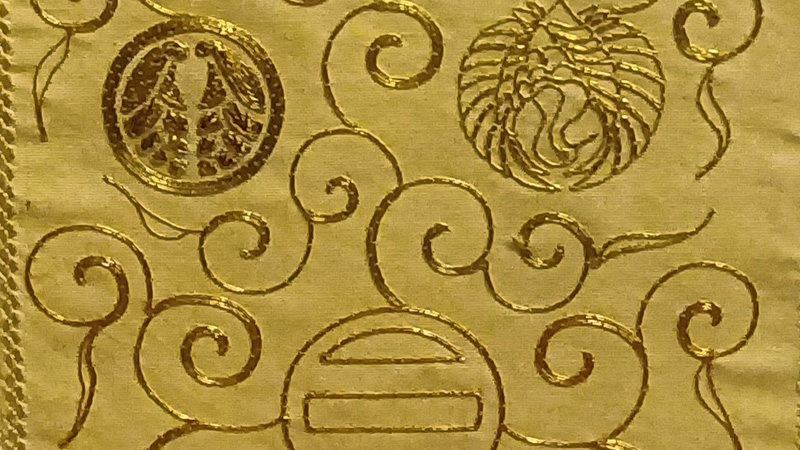
Goldwork is an ancient art form that has been used to embellish textiles for centuries. It involves the stitching of metal threads into fabric to create intricate and colorful designs.
The use of metal threads gives goldwork a special quality that is not found in other types of embroidery. Light reflects off the metal threads in such a way that the fabric appears to shimmer and sparkle.
This creates a unique visual effect that is especially prized in clothing, tapestries, and other decorative items. Goldwork is often used to create elaborate patterns and images that stand out from the rest of the fabric.
Though the art form is called “goldwork,” the metal threads used can be made of a variety of metals. These include gold, silver, and copper, as well as imitation versions of these metals.
No matter what metal is used, the effect of light reflecting off the metal threads is the same. Goldwork is a beautiful and unique art form that has been used throughout the centuries to add beauty and interest to textiles.
The way light reflects off the metal threads gives this art form its special quality that is not found in other types of embroidery.
18. Patchwork
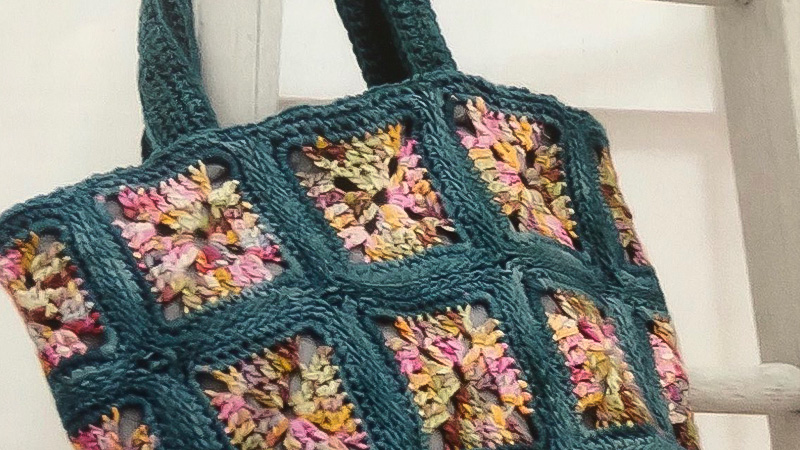
Patchwork is a craft that involves piecing together different fabric shapes to create a larger design. It is a form of needlework that requires fabric pieces to be accurately measured and cut into basic geometric shapes.
These shapes are then sewn together in a repeating pattern to form a larger design. The craft of patchwork has been around for centuries and is still practiced today.
It is a popular way to upcycle and reuse fabric scraps, which can be combined to create beautiful, one-of-a-kind pieces of art. Patchwork also allows for a great deal of creative freedom in terms of color and design.
By mixing and matching different fabrics, textures, and colors, the crafter can create a unique, eye-catching piece. Patchwork is a great way to add color and texture to an otherwise dull room or outfit, and can be great fun to make.
19. Tatting
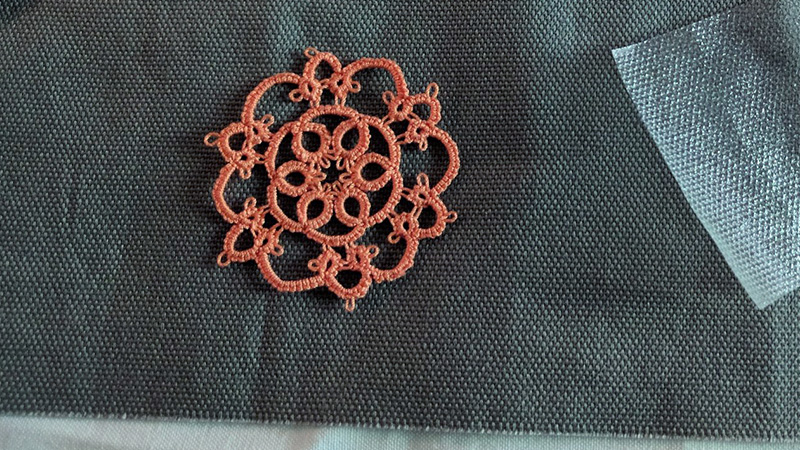
Tatting is a unique craft that has been around for centuries. It is a process of creating a form of lace by making a series of knots and loops. This technique produces a sturdy lace that is both beautiful and durable.
This lace can be used for different types of projects, such as creating edging for fabrics, doilies, collars, and other decorative pieces. It can also be used to make accessories like earrings and necklaces.
Tatting involves a special set of skills and tools such as shuttles, bobbins, and needles, which help to produce intricate designs.
It is a relatively easy craft to learn, but it takes time and practice to produce intricate patterns and designs. Tatting is a great way to add a unique and beautiful touch to any project.
20. Tapestry
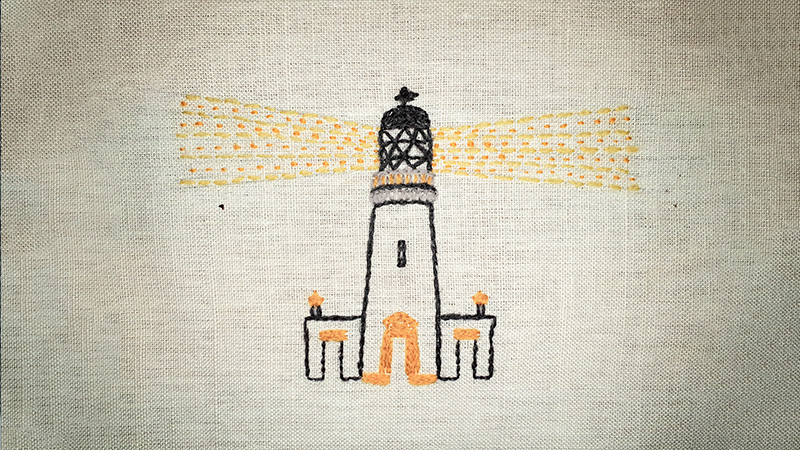
Tapestry is an art form that dates back centuries. It is a type of textile art which is crafted by hand on a loom. The loom is a device used to interweave threads together to create a finished piece of fabric.
This fabric is used to create detailed images rather than patterns or decorative designs. Tapestry weaving is a time consuming process and requires a great deal of skill and patience.
It involves the use of a variety of threads, yarns, and colors to form an intricate design.
The artist must carefully plan the design before beginning the weaving process, and use precise techniques to execute it. The finished product is a work of art, often with a story to tell, that can be admired in detail for a lifetime.
21. Needles | Crewel Embroidery
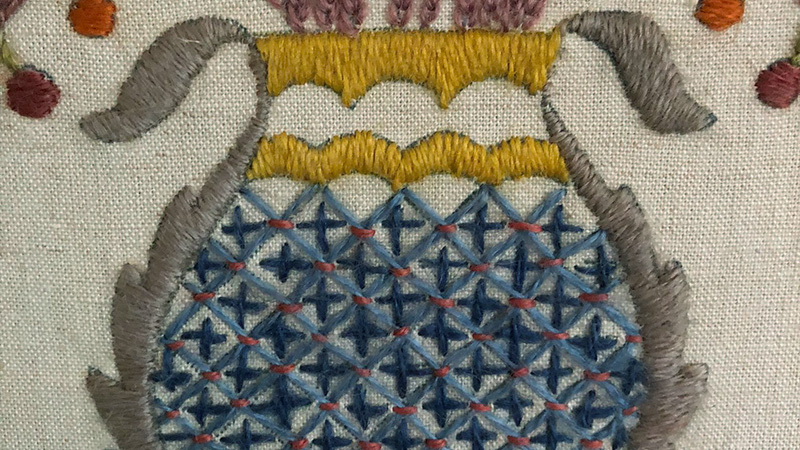
Crewel embroidery, a captivating form of needlework, relies on specialized crewel needles to craft intricate designs. These needles are longer and thinner than regular sewing needles, facilitating easy manipulation of wool yarn on fabric.
Their pointed tips smoothly pierce through the fabric, while the elongated eye accommodates thicker crewel yarn. Crewel needles ensure precise stitching, allowing artists to create textured patterns and vivid motifs with ease.
Whether it’s botanical designs, historical tapestries, or contemporary creations, crewel embroidery needles are indispensable tools for those who wish to master this time-honored art form, resulting in stunning, textured works of textile art.
22. Ribbon Embroidery
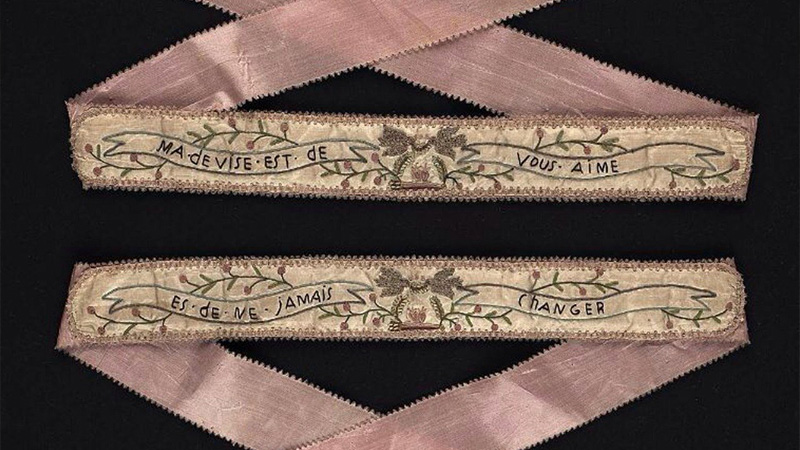
Ribbon embroidery is a delicate and enchanting needlework technique that employs ribbons instead of traditional thread to embellish fabric. Using satin, silk, or organza ribbons, artisans create breathtaking floral motifs, intricate patterns, and textured designs.
The wide, smooth ribbons allow for stunning three-dimensional effects and elegant finishes. By threading ribbons through fabric and manipulating them with various stitches, like the ribbon stitch or French knot, exquisite embellishments come to life on clothing, accessories, and home decor.
Ribbon embroidery’s graceful beauty makes it a favored choice for adding a touch of opulence and sophistication to any project, transforming ordinary fabric into a work of art.
23. Cross Stitch Embroidery
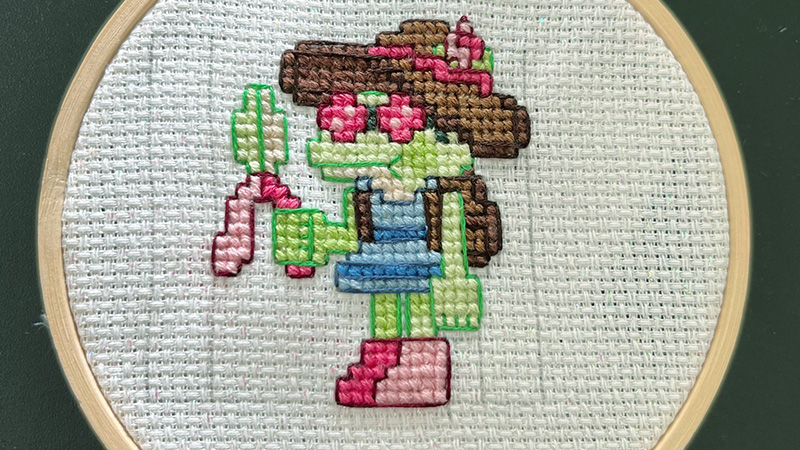
Cross-stitch embroidery is a timeless and precise needlework technique that creates charming, intricate designs using X-shaped stitches on evenweave or Aida fabric.
Crafters utilize embroidery floss, carefully selecting colors to achieve stunning patterns and vibrant imagery. Cross-stitch projects encompass a wide range of themes, from traditional samplers to modern creations, making it a versatile and beloved craft.
The repetitive, rhythmic nature of cross-stitching is both meditative and rewarding, appealing to beginners and experienced stitchers alike. As a celebrated art form, cross stitch combines creativity, patience, and precision, resulting in beautiful handcrafted pieces that adorn homes and delight enthusiasts worldwide.
24. Needle Felting
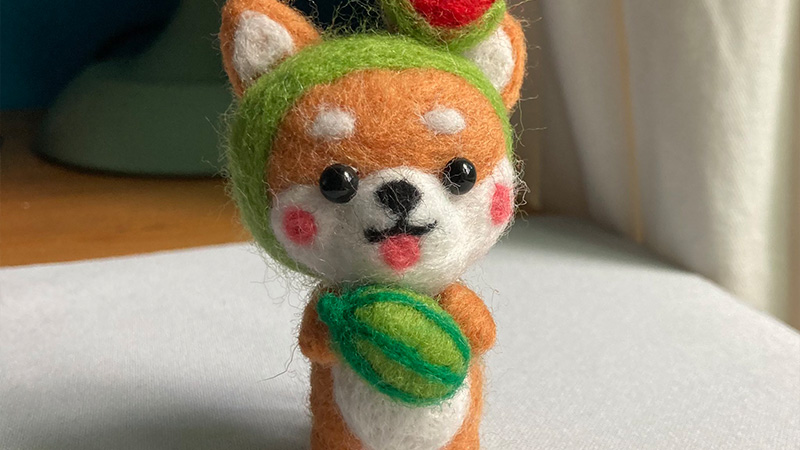
Needle felting is a captivating and tactile fiber art that transforms loose wool fibers into intricate 3D sculptures and decorative objects. Crafters employ specialized barbed needles to repeatedly poke and manipulate the fibers, causing them to interlock and compact.
This versatile technique allows for the creation of a wide range of items, from cute animal figurines to detailed landscapes and whimsical characters.
Needle felting offers a unique blend of artistic expression and therapeutic satisfaction, enabling artists to sculpt and shape their imagination with each precise poke.
As a craft that requires patience and precision, needle felting produces charming and one-of-a-kind handmade creations.
Conclusion
Needlework is a diverse and wonderful world of creativity waiting to be explored. Regardless of whether you choose knitting, crocheting, embroidery, cross-stitching, or quilting, each form of needlework offers its own distinct charm and endless possibilities.
What makes needlework truly special is its accessibility; with determination and patience, anyone can learn the fundamentals and embark on a journey of crafting beauty.
Needlework transcends generations, cultures, and backgrounds, making it a timeless and universal art form. It’s a pathway to both self-expression and relaxation, a way to unwind while producing unique, handcrafted pieces that bear the mark of your creativity.
So, if you haven’t already, pick up your needles and threads, and let the world of needlework become your canvas for artistic expression and personal satisfaction. With every stitch, you’re not just creating art; you’re weaving a story of skill, passion, and beauty.
Leave a Reply